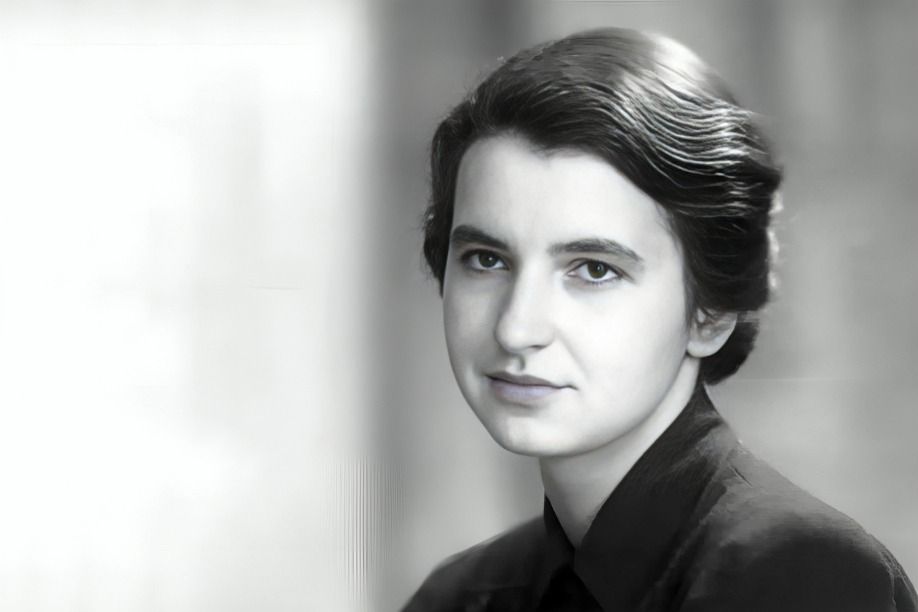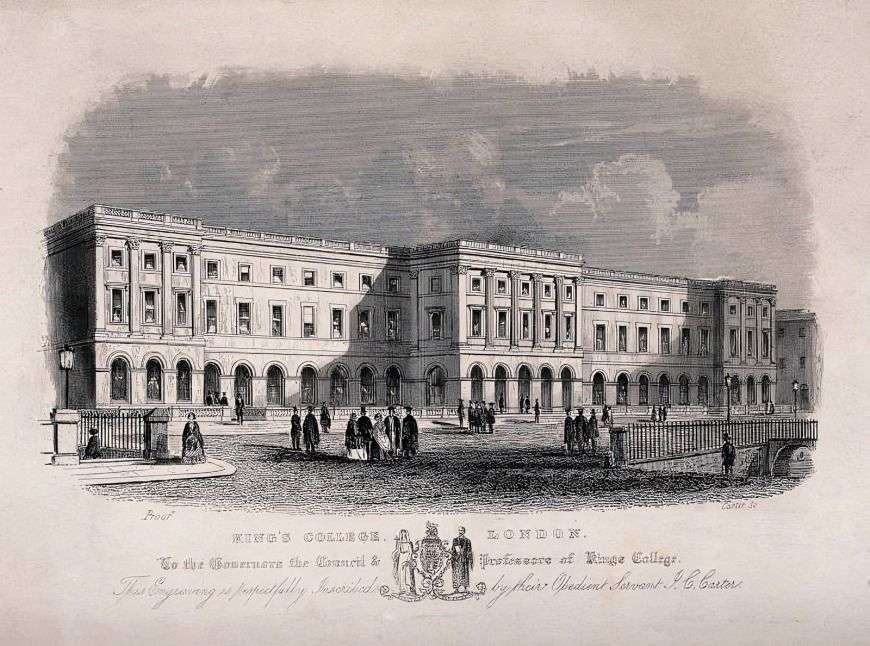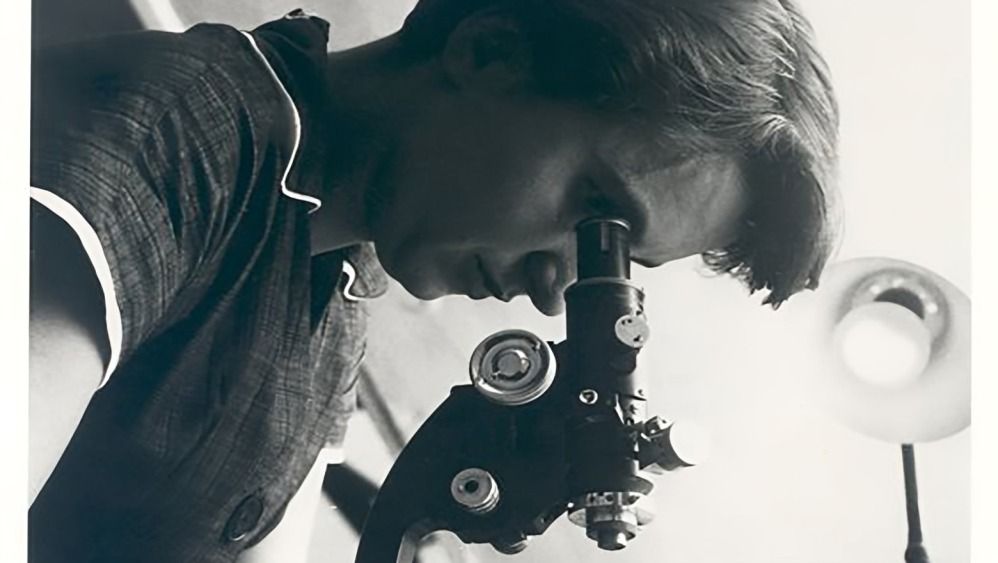
“
Fascinating facts about Rosalind Franklin highlight the extraordinary life of a pioneering scientist whose work laid the foundation for one of the most significant discoveries in biology. Franklin’s contributions to the understanding of DNA were essential, though her legacy has often been overshadowed. In this blog, we’ll explore 20 fascinating facts about Rosalind Franklin, shedding light on her career, her groundbreaking research, and the challenges she faced as a woman in science. From her pivotal role in the discovery of the DNA double helix to her work in virology and X-ray crystallography, Franklin’s influence on the scientific community is undeniable. Her legacy, once overlooked, continues to inspire generations of scientists today. Join us as we delve into fascinating facts about Rosalind Franklin, uncovering the true impact of her work and the legacy she left behind in the world of science.1
”
Rosalind Franklin’s X-ray diffraction images were crucial to discovering DNA’s double helix structure, though she initially received little recognition for her critical contributions, which forever changed the field of genetics.1
Franklin’s famous “Photo 51” revealed the double-helix structure of DNA, enabling Watson and Crick to model DNA accurately, making it one of the most important milestones in molecular biology.2
A brilliant chemist, Franklin also contributed groundbreaking research in multiple fields, advancing knowledge of RNA, viruses, and coal, demonstrating her scientific versatility beyond the DNA discoveries she’s most known for.3
Raised in London, Franklin excelled in science from an early age, overcoming gender barriers to earn a doctorate in physical chemistry from Cambridge University in 1945, an uncommon achievement for women then.4
Despite her pivotal discoveries, Franklin wasn’t nominated for the Nobel Prize, which was awarded to Watson, Crick, and Wilkins, sparking debates on fair recognition in the scientific community.5

Franklin’s meticulous research methods earned her admiration among her peers, as she emphasized accuracy and detailed observation, practices that were essential to her groundbreaking scientific discoveries.
Franklin’s early coal and carbon research led to fuel efficiency innovations, aiding the development of improved gas masks during World War II and contributing significantly to the Allied war effort.6
Known for her perseverance, Franklin navigated a male-dominated scientific world, continually breaking new ground despite facing significant resistance and skepticism from colleagues throughout her career.7
Franklin’s research on viruses, particularly the tobacco mosaic virus, laid foundational knowledge that advanced virology, providing insights that contributed to important developments in future vaccine creation.8
In addition to English, Franklin was fluent in French, which allowed her to collaborate internationally, especially during her postdoctoral research work in Paris, further expanding her scientific influence.9
Franklin developed a strong friendship with physicist Anne Sayre, who later authored a biography highlighting Franklin’s contributions and the challenges she faced within the male-dominated scientific field.10

Franklin moved to King’s College London to study DNA, where she captured “Photo 51”—the image that would ultimately reveal DNA’s helical structure and lead to groundbreaking genetic research.
Although Franklin sometimes clashed with colleagues, she was widely respected for her unwavering dedication to scientific rigor and commitment to truth, qualities that defined her scientific legacy.11
Franklin’s tobacco mosaic virus studies were pioneering contributions in structural virology, helping scientists understand how viruses assemble and paving the way for modern virus research techniques.12
Franklin’s family championed women’s education, encouraging her to pursue scientific interests, which motivated her to study chemistry despite societal expectations discouraging women from scientific careers.13
Her carefully documented notebooks contained some of the earliest recorded data on DNA’s structure, exemplifying her commitment to precision and forming a foundation for future DNA research.14

Franklin was known for her caution and ethics in research, refusing to speculate on findings without solid evidence, a standard that earned her respect in the scientific community.
Franklin’s cautious, methodical approach to science often clashed with colleagues’ eagerness to publish, emphasizing her dedication to accuracy and integrity over personal recognition or academic rivalry.15
Although Rosalind Franklin’s life was cut short by ovarian cancer at 37, her groundbreaking contributions continue to inspire scientists and women in STEM fields worldwide.16
Franklin’s legacy is honored through numerous institutions, scholarships, and awards, ensuring her name remains influential and recognized within the global scientific community for generations to come.17


